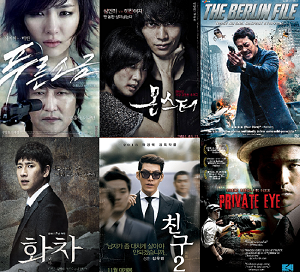The staff needed to do these cinematographic works were large because, for the directors, great care was required in every aspect of the filmmaking, from script to editing. Working on the set, usually the writer, the director (these two were mostly the same person), the photographer, the cameraman, and occasionally the screenwriter and editor. It was the first time in European cinema that there was a division of functions and that a relatively large team worked at the same time in the same film. This allowed each team member to specialize and be valued more. In https://free-123movies.com/ you can experience the classics.
Impressionist Theory and Criticism

Subjectivity
Subjectivity in French Impressionist cinema, in addition to encompassing a feature that is commonly used in cinema that of the subjective angle revealing what the character is seeing also has another function: that of the elements inserted in the film to externalize the feelings of the characters. Such features may be, for example, distortion of the image to reveal a diffuse memory, acceleration of montage to demonstrate adrenaline, use of slow-motion to subjectify great suffering, among others. Following the opening of El Dorado (1921), L’Herbier greatly distorts the camera when he shows drunken characters, subjectively externalizing their state.
Photogenic
The concept of photogenic was first applied by Louis Delluc. According to impressionist theory, prophylactic elements have hidden features that are only visible through the lens of a camera. The ability of a film to reveal these qualities goes beyond the mere representation of the elements since it is possible to choose the lens, the distance from the object, the shooting angle and the speed of the assembly and the action. Jean Epstein, the greatest advocate of the concept of photogenic, for example, in The Fall of Usher’s House (1928), makes several slow-motion scenes, making these moments more dramatically charged than simply filming them.
The Fall of Usher’s House (1928)
The director and theorist are radical: “I would describe as photogenic any aspect of things, beings, or souls whose moral character is enhanced by film production. And any aspect not highlighted by film production is not photogenic, it has no function in the art of cinema. ”(EPSTEIN, 1924).
Author Director
For the directors of the French Impressionist cinema, it was important that they themselves were the creators of the stories. First, because, wishing to move away from the American industrial system, the director had to follow all the stages of the creation process, being the leader of all of them, being able to make modifications wherever he wished. He would “own” the movie and not just a director hired by a production company to run a purchased script. The other reason was that the visuals, which the director is responsible for creating, also tell the story and generally should already be included in the script.
Seventh Art
In his Manifeste des Sept Arts, written in 1923, Ricciotto Canudo defends, and is one of the pioneers to do so, cinema as an art form, placing it next to other forms, such as painting and music. As an important critic and theorist, Canudo had already launched La Gazette des Sept Arts in 1922, where he showed his interest in modernity and avant-garde. He also founded the “Club des Amis de la Septième Art”, where many avant-garde artists were located. Thanks to him, the annual film hall would have its discussions focused on art, trends and the future of cinema.






